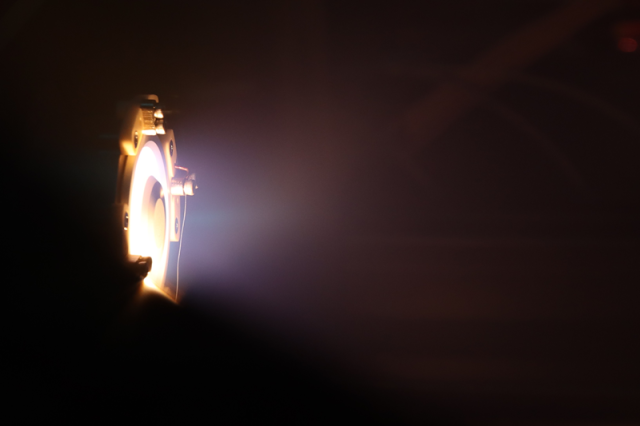
SEOUL, November 26 (AJP) - The Korea Advanced Institute of Science and Technology (KAIST) said on November 26 that its cube satellite K-HERO will fly on South Korea's Nuri rocket early tomorrow to test a next-generation plasma thruster designed for small satellites.
Nuri, also known as KSLV-II, is the country's first fully domestic launch vehicle. The upcoming fourth launch is scheduled for November 27 at 0:55 a.m. from the Naro Space Center in Goheung. It is also the first flight in which Hanwha Aerospace is serving as the system integrator after receiving technology transfer from the Korea Aerospace Research Institute (KARI). The shift is viewed as an early step toward moving South Korea's launch vehicle development from a government-led model to a more private-led structure. The mission will carry 13 satellites into a 600-kilometer orbit, including the main payload, Next-Generation Small Satellite 3, along with 12 cube satellites from universities, research institutes, and companies. K-HERO is one of them.

K-HERO, which stands for KAIST Hall Effect Rocket Orbiter, is a 3U cube satellite developed by Professor Choi Won-ho's team in the Department of Nuclear and Quantum Engineering. The satellite measures 10 centimeters by 10 centimeters by 30 centimeters and weighs 3.9 kilograms. The project began after the team was selected as a basic satellite group in the 2022 cube satellite competition overseen by the Korea Aerospace Research Institute.
As a basic test satellite, K-HERO is designed to confirm whether early designs and components can operate reliably in space before moving to a full flight model. Its main mission is to demonstrate the operation of a miniature plasma thruster in orbit. The engine is a 150 watt Hall thruster that the team redesigned so it can also operate at about 30 watts, which is important for small satellites with limited power.
A plasma thruster uses electricity to ionize xenon gas and then pushes the plasma out the back to generate movement. The propulsion is gentle but highly efficient, making electric engines well-suited for small satellites and satellite constellations that require precise maneuvering while conserving energy. Large geostationary satellites and deep space probes have used electric propulsion for decades, but scaling the technology down for lightweight satellites has become increasingly important as the global space industry shifts toward clusters of small spacecraft.

KAIST said K-HERO will be the first attempt to test a fully domestic miniature plasma thruster in space. The university said the demonstration could help strengthen South Korea's competitiveness in the growing small satellite market. Professor Choi's group has researched Hall thrusters since 2003 and previously flew a 200 watt model on KAIST's Science and Technology Satellite 3 in 2013. The new thruster is smaller and more efficient so it can support missions in low Earth orbit.
CosmoB, a startup from Professor Choi's laboratory, also contributed to the K-HERO project to support future commercialization.
Professor Choi said the thruster being tested on K-HERO can be applied to missions such as low Earth orbit surveillance satellites, 6G communication satellites, ultralow orbit imaging satellites, and small asteroid probes. KAIST President Lee Kwang-hyung said the mission is an opportunity to verify the university's electric propulsion technology in space again and can help improve the country's competitiveness in small satellite platforms.
Copyright ⓒ Aju Press All rights reserved.



![[K-Tech] Hanwha Aerospace nears Nuri rocket technology transfer deal](https://image.ajunews.com/content/image/2025/07/23/20250723143507887407_278_163.jpg)